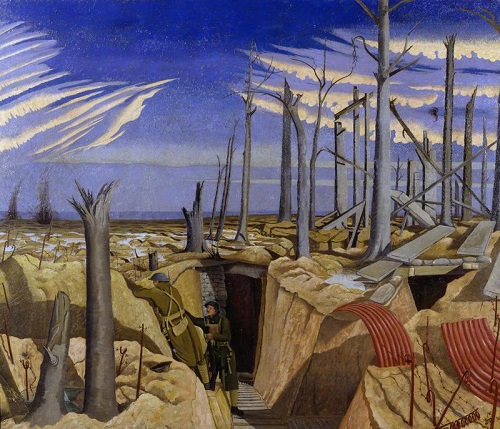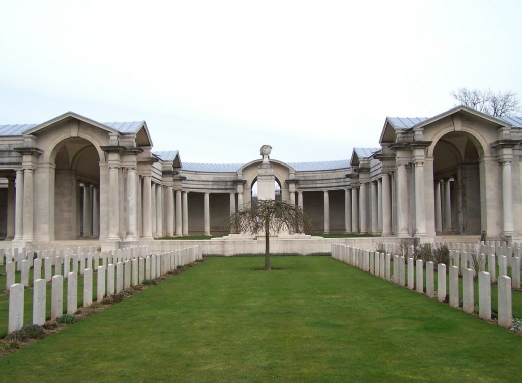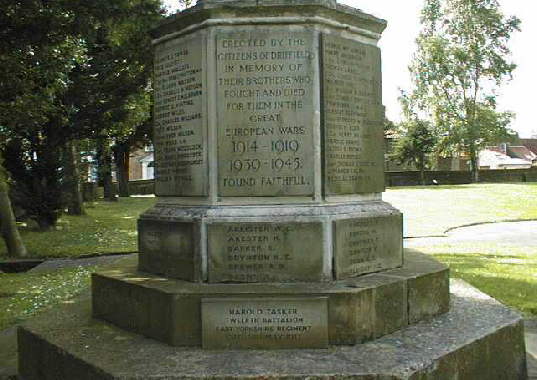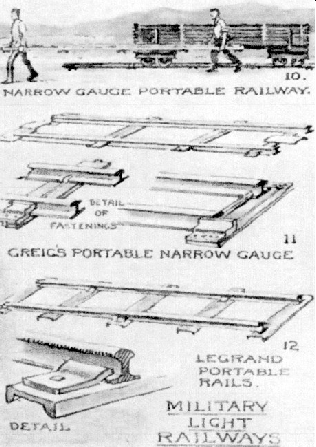Copyright © All rights reserved.



Harold Tasker


Harold Tasker was born in the second quarter of 1896 and his birth registered in Malton. He was the son of John and Jane Elizabeth (nee Smith) who married in the Malton area in the last quarter of 1893. It seems likely that they had already lost at least one child in infancy by the time that Harold was born.
In 1901 John and Jane were living at 1, Sootheran’s Yard in Malton. Sootheran’s Yard was at the Wheelgate end of Greengate , between the Unitarian chapel and Greengate.
1901 Census – resident at 1, Sootheran’s Yard, Malton
TASKER, John, Head, Married, M, 39, Cattle Drover, Malton Yorkshire,
TASKER, Jane Elizabeth, Wife, Married, F, 27, , Norton Yorkshire,
TASKER, Harold, Son, Single, M, 5, , Norton Yorkshire,
TASKER, Sarah Elizabeth, Daughter, Single, F, 0 (6 MOS), , Malton Yorkshire,
JOHNSON, Thomas, Visitor, Single, M, 50, Agricultural Labourer, Malton Yorkshire,
By 1911 John, Jane and their younger four surviving children were all in Malton Workhouse along with John’s sister and her four children, but Harold was working as a farm labourer in the West Riding.
1911 Census –resident at Mayfield Farm, Wyke, West Riding
NORTH, Sarah Ann, Head, Widow, F, 70, House Duties, Stott Hill Bradford,
NORTH, Frances May, Daughter, Single, F, 51, Draper On Her Own, Scholes Cleckheaton,
NORTH, Edward, Son, Single, M, 36, Stuff Warehouse, Mayfield Farm Wyke,
NORTH, John Henry, Son, Single, M, 30, Insurance Agent, Mayfield Farm Wyke,
TASKER, Harold, Farm Hand, , M, 15, Farmer Labourer, Malton Yorks
. However there must have been some turnaround in their fortunes, as by 12th April 1915 when Harold enlisted in the 12th Battalion (otherwise known as the Hull Sportsmen’s Battalion) of the East Yorkshire Regiment, both he and his parents were resident at 35 Washington Street, Driffield, and he was working as a wood carter. Harold at 19 years old was a slight figure, 5’2” tall, with a 34“ chest and good vision. His conduct sheet states that he enlisted at Hull and, erroneously, that he was born there. It also reveals that he got 3 days confined to barracks for overstaying his pass by three hours or so.
In December 1915 the battalion embarked at Devonport for Port Said in Egypt, to join the M.E.F., arriving there at the end of the month. However they were there for less than two months, embarking on 20th February 1916 for France. While there, they were based at Ballah on the banks of the Suez Canal where they were engaged in laying and guarding a Decauville railway -
They left on 20th February, arriving at Marseilles after an uneventful journey on 8th March and entrained for Pont Remy which they reached on the 12th March. From there they set out on a series of route marches, eventually arriving at Bertrancourt on 2nd April. After a few days in the front line trenches they moved on to Bus-
They left Colincamps on 1st July and eventually arrived at Pont du Hem by motor-
He rejoined the battalion at Bayencourt on 28th December 1916. January and the first part of February were spent in training and working parties, enlivened by the Divisional Horse Show. On 19th February they returned to the trenches until they were relieved on 3rd March and returned to the routine of route marches and training. 17th April saw them at Ecurie and once again engaged in the task of railway construction, building a line from Louez to Bailleul where it connected to the Lens-


The Battle of Arras had begun in a snowstorm on 9th April 1917, when Australian, British, and Canadian Divisions fought on a front from Vimy Ridge in the north (Canadian sector), to the trenches east of Arras (British sector), to Bullecourt in the south (Australian sector). It was hoped that the much-
The Battle of Arras slogged on until mid-
On 30th April the battalion finished the railway work and moved on to bivouac in an old German trench at B253b3.3. On the night of 2nd May, they moved into Assembly positions in No Man’s Land.
On 3rd May 1917 they attacked Oppy Wood, suffering heavy casualties. Owing to darkness and to smoke from artillery, and to the fact that the objective was in a dark wood, it was impossible to see when the Allied barrage had lifted off the enemy front line. The War Diary says: “The assembling took place in brilliant moonlight over unknown country and with poor guides. The enemy evidently saw the troops assembling and put up an intense barrage followed by another one later. This considerably disorganised things and at zero hour, the blackest part of the night, the troops moved forward to the attack. They failed to attain their objectives, and were compelled to withdraw to the assembly trench, where they remained all day under heavy shellfire. In casualties please see attached list.” The list shows 166 killed or missing and 128 wounded.
Harold was among those reported missing on 3rd May 1917. His body was not found and he is commemorated on the Arras Memorial and is also commemorated on the War Memorial in Great Driffield. In Malton, he is commemorated on the Town Memorial and in St Leonard's Church.